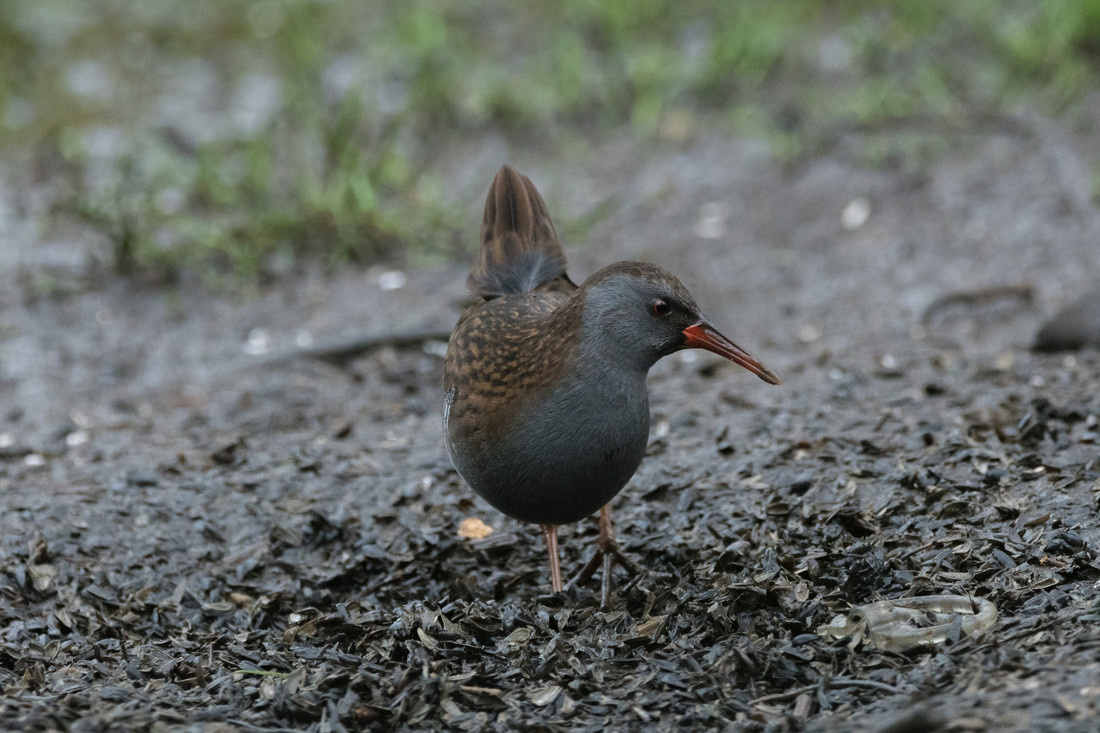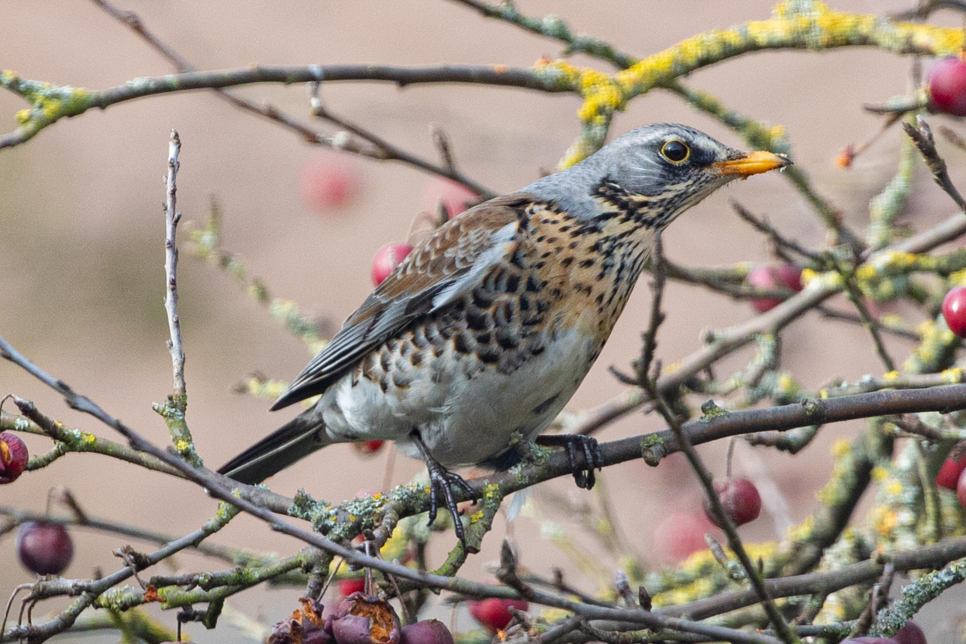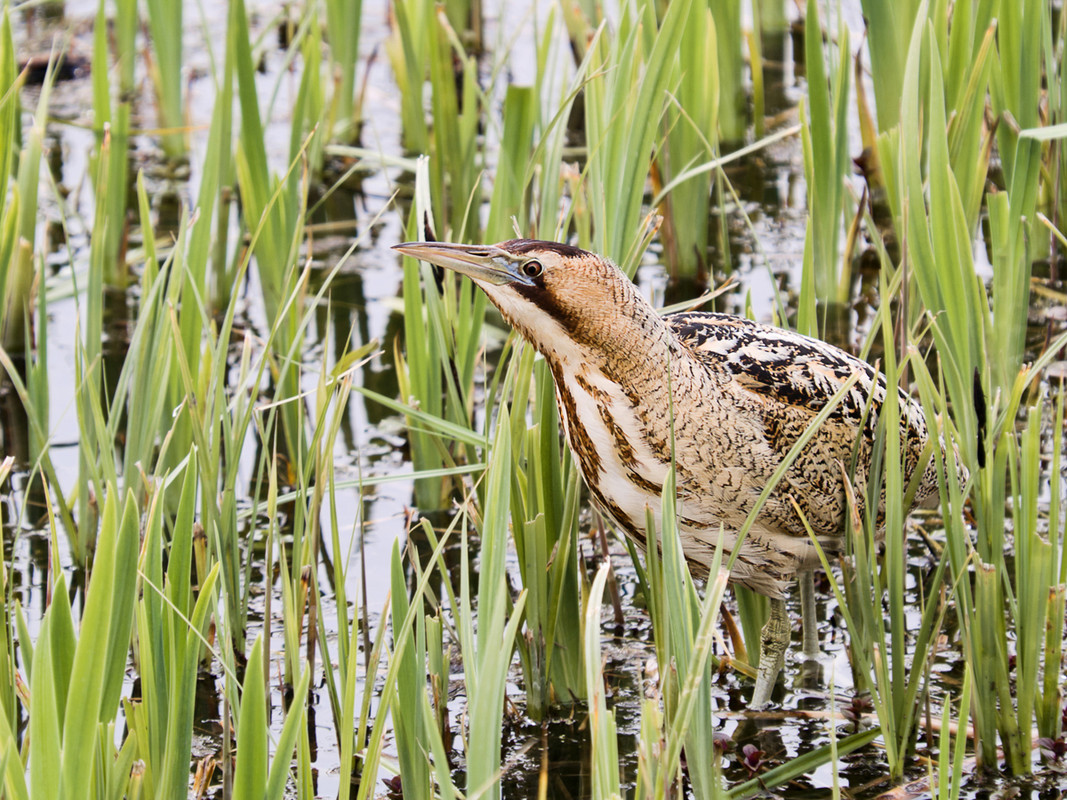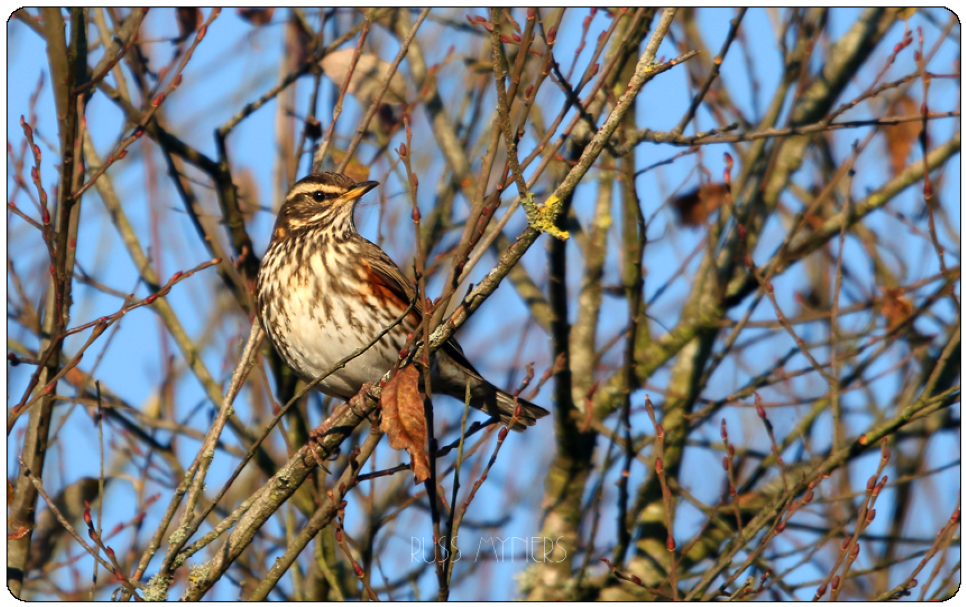Wildlife sightings for 14th March 2018
3 Red Kite - over E
1 Redshank - grazing marsh
1 Bittern - main lake
1 Little Egret - grazing marsh
1 Jack Snipe - wader scrape
10 Snipe - marsh, main lake, scrape
9 Pintail - grazing marsh, wader scrape, sheltered lagoon, reservoir lagoon
3 Shelduck - wader scrape, main lake
2 Fieldfare - wader scrape bank
1 Water Pipit - wader scrape bank
14 Redwing - wildside, South route
4 Siskin - wildside
2 Little Grebe - main lake
February/March bird highlights: Jack Snipe, Curlew, Dunlin, Black-tailed Godwit, Redshank, Bittern, Goldeneye, Caspian Gull, Peregrine, Kingfisher, Stonechat, Water Pipit, Mealy Redpoll, Brambling.
The grazing marsh has been lowered a little at the start of March to expose some muddy areas for waders and dabbling ducks. Snipe have responded particularly quickly and can be seen feeding across the marsh. Other exciting visitors to the marsh have included Spoonbill and Jack Snipe.
At least one Bittern can still be found on the main lake north, south or south-east shores, or in the main reedbed.
Many birds are in full song to attract mates and hold territories for breeding, such as Song Thrush, Blackbird, Chaffinch, Greenfinch, Goldfinch, Dunnock, Robin and Great Tit. Great Spotted Woodpeckers are drumming and Black-headed Gulls are already squabbling over their nest sites.
Early flowering plants: Winter Aconite, Snowdrop, Early Crocus, Dandelion.
Fungi: a small selection of winter fungi on show – Purple Jellydisc, Birch Woodwart, Candlesnuff Fungus, Silverleaf Fungus, Wet Rot, King Alfred’s Cakes, Dead Man’s Fingers, Hazel Woodwart, Witches’ Butter, Yellow Brain, Jelly Ear, Dead Moll’s Fingers, Crystal Brain, Willow Bark-spot, Jelly Rot, Bitter Oysterling, Common Bonnet, Velvet shank.
Butterflies: Red Admiral (early Feb)
Reptiles: 4 Common Lizards by WWF hide (Feb 17th)



